A schematic diagram of the Shaft Seal Test Facility. (Image: NERS)
For 2,300 hours, the molten salt pump Shaft Seal Test Facility (SSTF) operated at the University of Michigan’s Thermal Hydraulics Laboratory, according to an article from UM. The large-scale experiment was designed to evaluate shaft seal performance in high-temperature pump systems. Fewer than 10 facilities worldwide have successfully operated fluoride or chloride salts for more than 100 hours using over 10 kilograms of material.
The compact, transportable Holos-Quad microreactor, developed by HolosGen, is shown housed within a standard 40-foot ISO container. (Image: HolosGen)
The University of Michigan’s Department of Nuclear Engineering and Radiological Sciences (NERS) has published a summary of a study on nuclear microreactors and machine learning (ML) that was conducted by researchers from NERS and Idaho National Laboratory. The full paper, “Nuclear Microreactor Transient and Load-Following Control with Deep Reinforcement Learning,” was featured in the July issue of Energy Conversion and Management: X.
The H9 Hall thruster, developed at UMich’s Plasmadynamics and Electric Propulsion Laboratory. (Image: William Hurley/University of Michigan)
Seeking spacecraft that can “maneuver without regret,” the U.S. Space Force is investing $35 million in a national research team led by the University of Michigan to develop a spacecraft with an onboard microreactor to produce electricity, with some of that electricity used for propulsion. But this spacecraft would not be solely dependent on nuclear electric propulsion—it would also feature a conventional chemical rocket to increase thrust when needed.
A student demonstrates VR models of fission and fusion energy systems. (Photo: University of Michigan)
A new course at the University of Michigan offered by the Nuclear Engineering and Radiological Sciences (NERS) Department seeks to address the lack of community engagement in the design of energy technologies by pioneering a socially engaged approach.
Tohoku University’s Sakura Hall was the site of a workshop coffee break and photo op. (All photos: University of Michigan/Tohoku University)
Tohoku University in Sendai, Japan, was the site of an advanced nuclear reactor workshop in late May that was hosted by the Fastest Path to Zero Initiative of the University of Michigan and Tohoku’s Center for Fundamental Research on Nuclear Decommissioning. The event was co-organized by the U.S. Consulate in Sapporo, Japan, and the Atlantic Council, which is associated with the North Atlantic Treaty Organization. The workshop, “The Potential Contribution of Advanced Nuclear Energy Technologies to the Decarbonization and Economic Development of Japan and the U.S.,” featured numerous American and Japanese academic authorities, government policymakers, executives of utilities and advanced reactor developers, and leaders of nongovernmental organizations. Also participating were students from both the University of Michigan and Tohoku University.
High school students Madison Henley of Detroit, Mich. (left) and Simon Fadare of Atlanta, Ga., work on a project to imagine and build a future nuclear energy device. (Photo: Brenda Ahearn/Michigan Engineering)
The first Harper Academy 4 Future Nuclear Engineers was held recently at the University of Michigan. The four-week program provided eight rising high school seniors with classes in nuclear engineering fundamentals, mathematics, technical skills, design, community engagement, and college preparation. While taking the course, the students stayed at Bursley Hall on the university’s Ann Arbor campus.
The color-coded scatterplot shows the feasibility of coal-to-nuclear transitions at smaller coal plants (1,000 MWe or less) across the United States, plotted by latitude and longitude. Red and warm colors represent the high feasibility. (Image: Muhammad Rafiul Abdussami, Fastest Path to Zero, University of Michigan)
Comprehensive analysis of 245 operational coal power plants in the United States by a team of researchers at the University of Michigan has scored each site’s advanced reactor hosting feasibility using a broad array of attributes, including socioeconomic factors, safety considerations, proximity to populations, existing nuclear facilities, and transportation networks. The results could help policymakers and utilities make decisions about deploying nuclear reactors at sites with existing transmission lines and a ready workforce.
Trends in percentages of the U.S. public favoring or opposing nuclear energy from 1983 to 2024. (Graphic: Bisconti Research)
Results of two new surveys have shed light on American public opinion regarding nuclear energy. The surveys, which were conducted with very different methods, offer generally encouraging news for the nuclear industry.
Ana Kova’s illustration of different types of fusion. (Image: Ana Kova/Global Fusion Forum)
 The latest report from the University of Michigan Science, Technology, and Public Policy Program’s Technology Assessment Project (TAP) will be the focus of a webinar on December 11, from 12:00 noon to 1:00 p.m. (EST).
The latest report from the University of Michigan Science, Technology, and Public Policy Program’s Technology Assessment Project (TAP) will be the focus of a webinar on December 11, from 12:00 noon to 1:00 p.m. (EST).
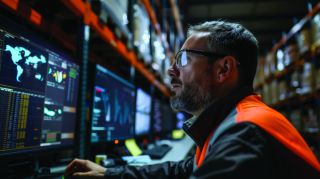
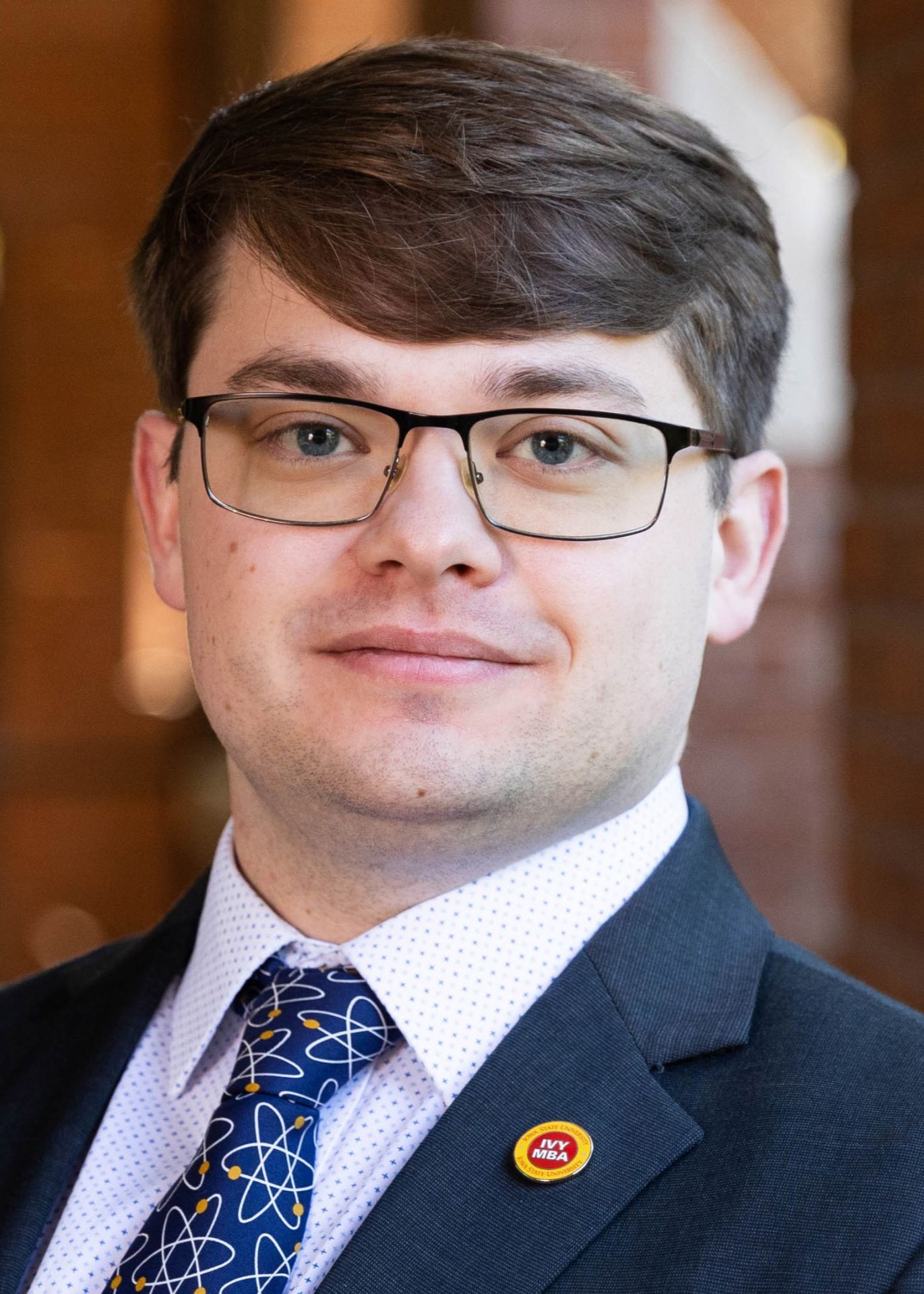

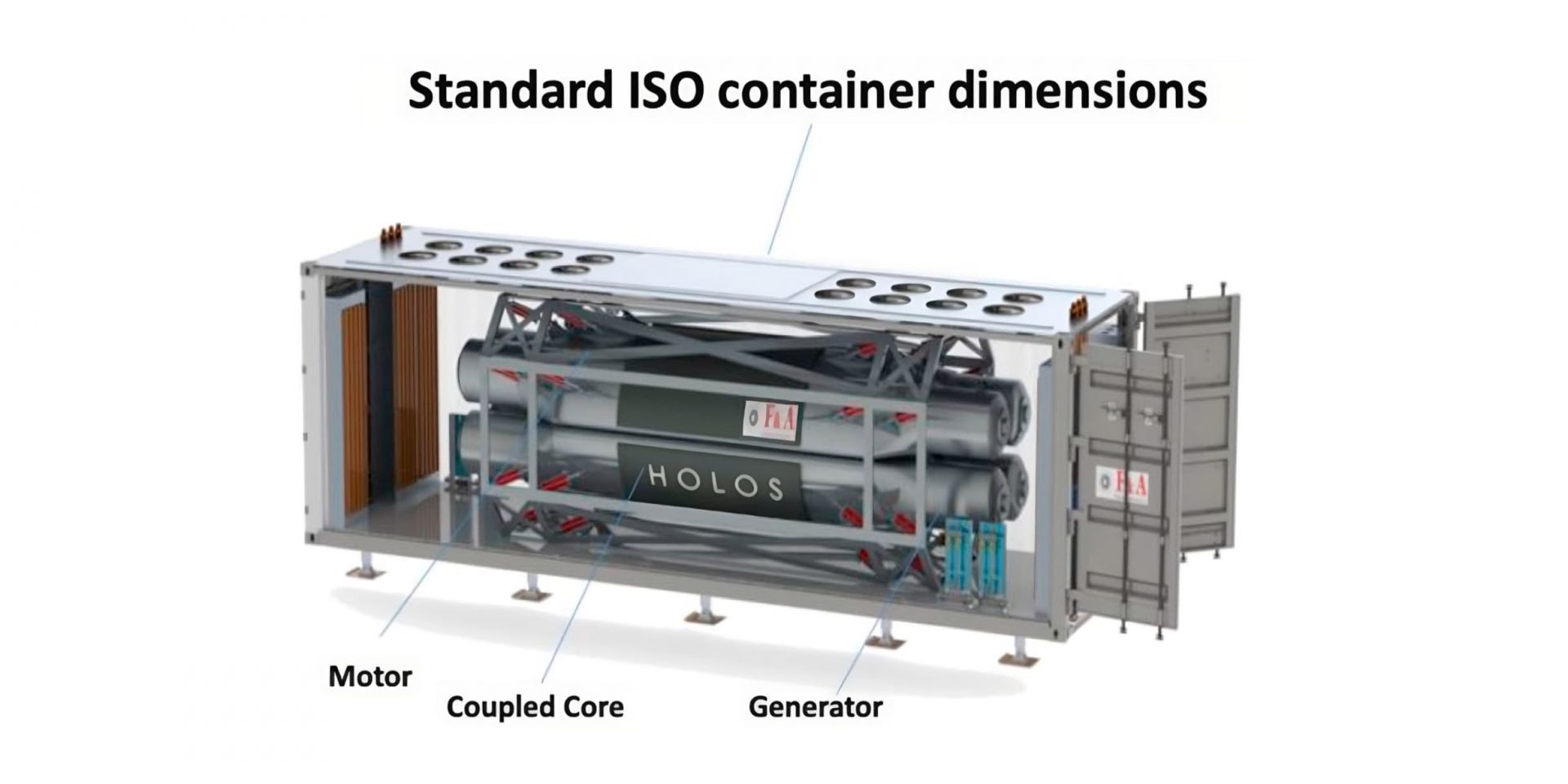
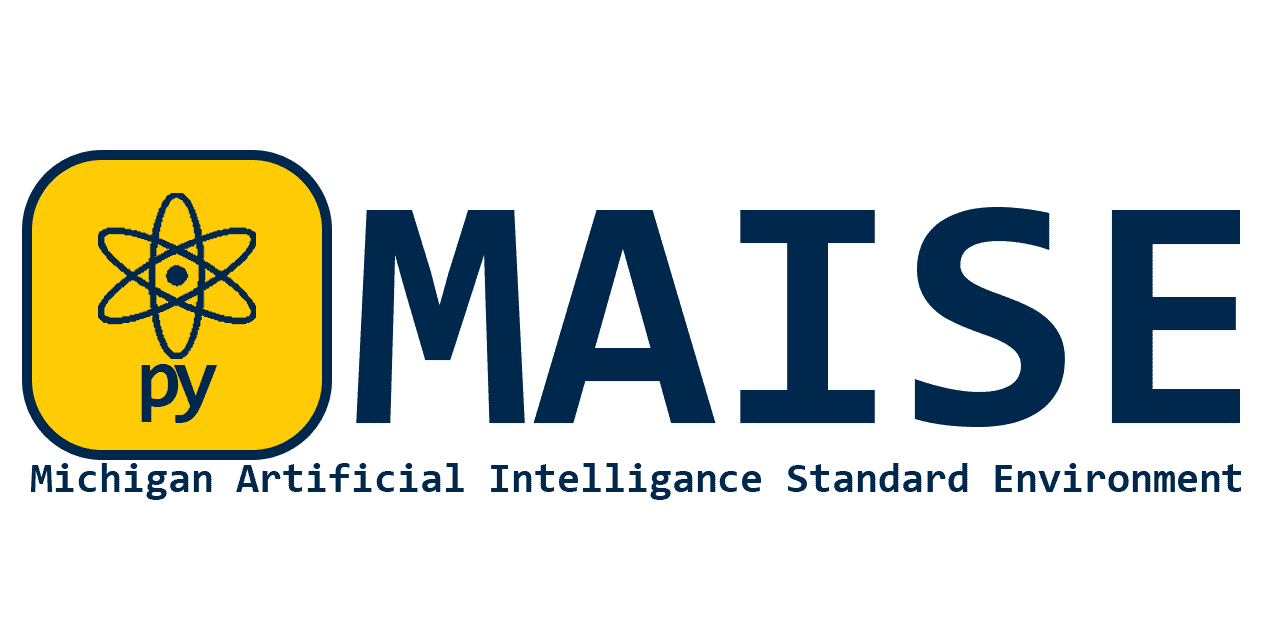


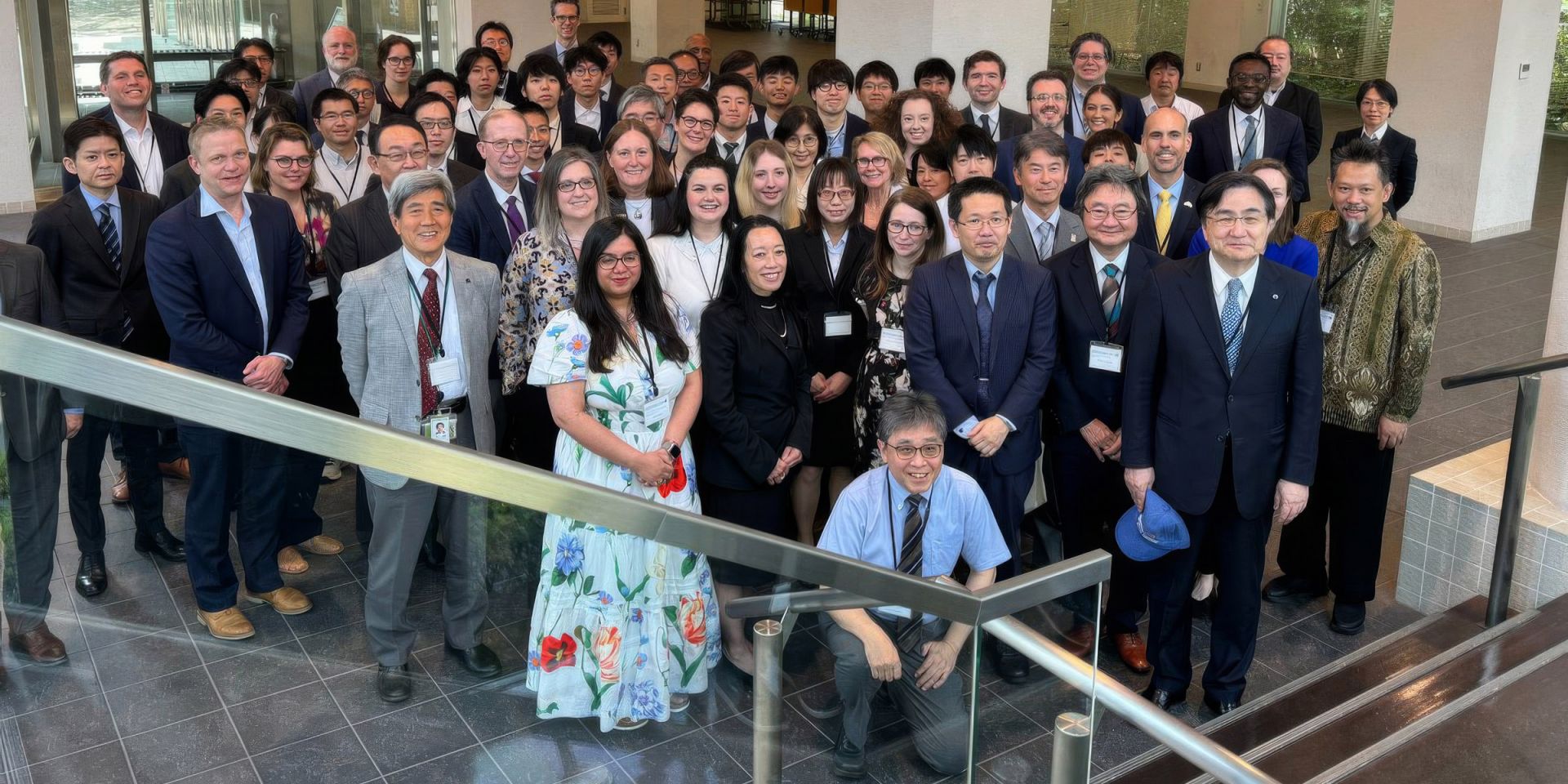
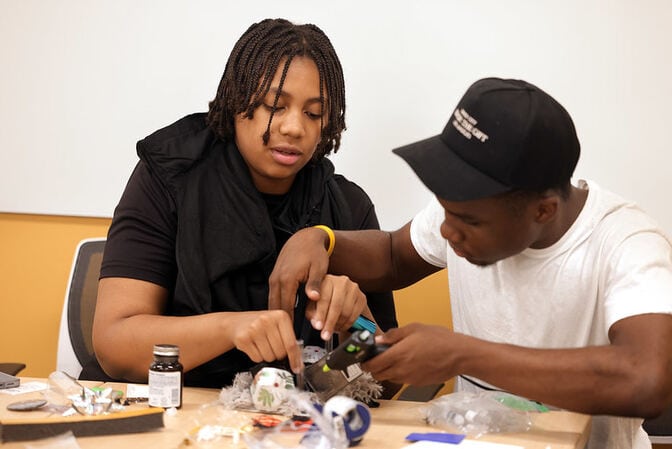
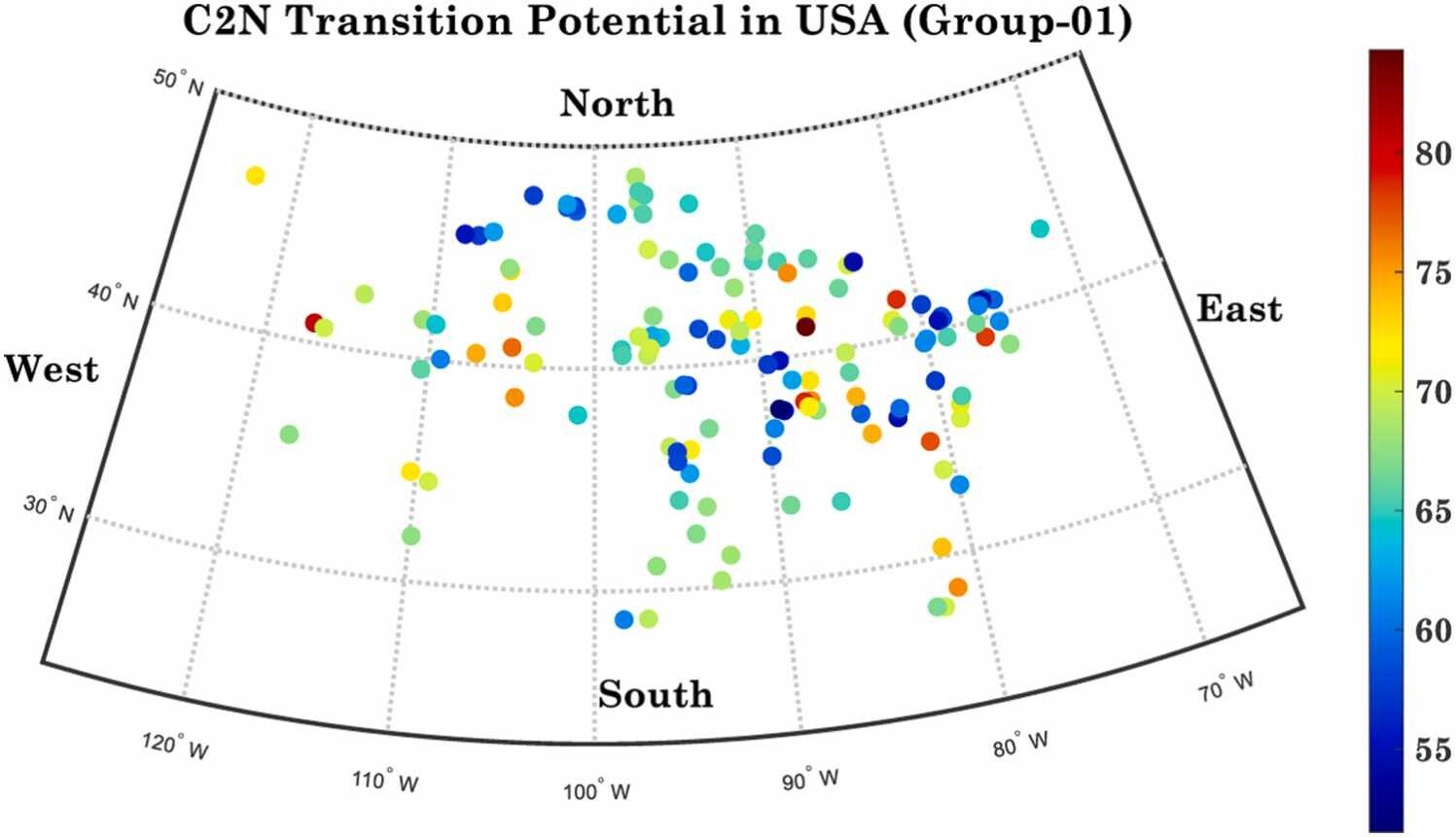
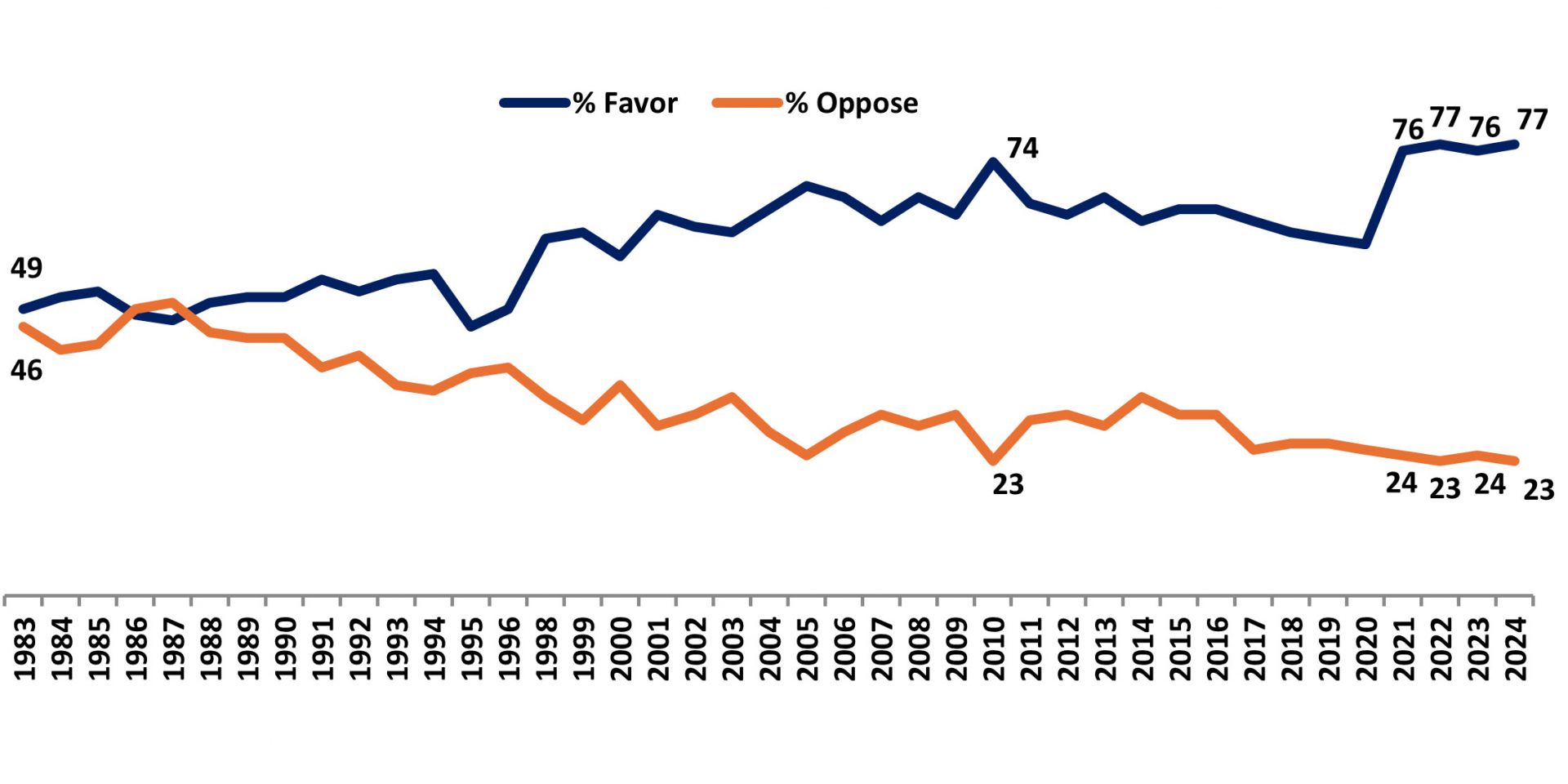 2x1.jpg)


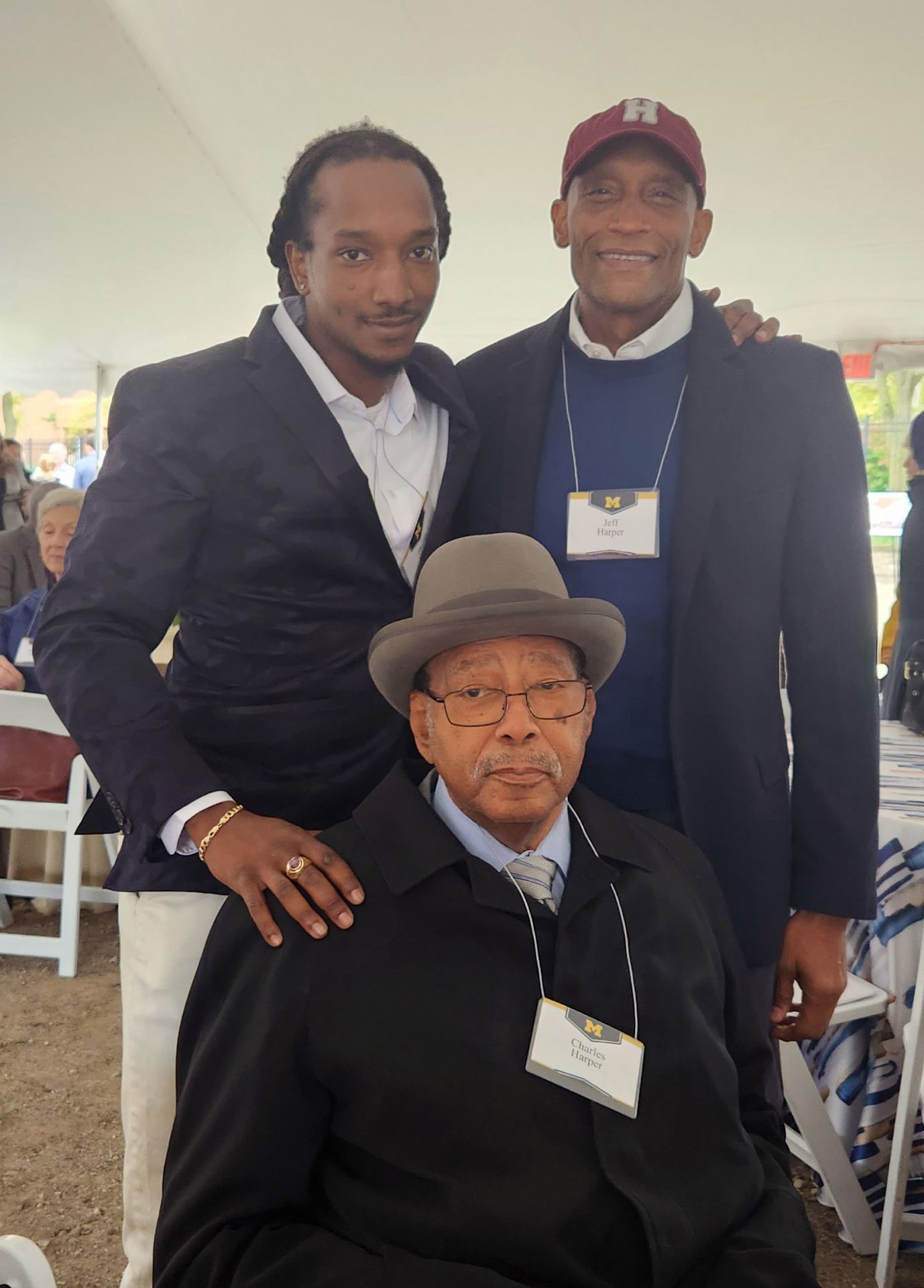

 In a follow-up to
In a follow-up to